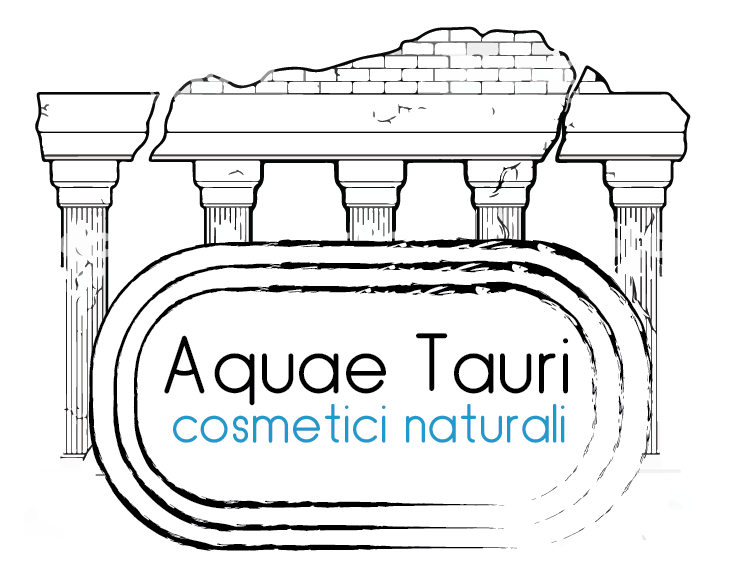Rutilio Claudio Namaziano (414 AD), a Roman imperial poet wrote in his diaries about the appearance of a mythical mighty bull. The bull scraped the ground before starting a fight and as a result a miraculous water gushed out. Hence the name "Aquae Tauri" given to the small Etruscan bath settlement built around 800 B.C. on La Ficoncella, a sulphurous hot spring located 4 kmaway from Civitavecchia.
Thus we know that Etruscans were aware of therapeutic properties of this thermal water well before the birth of the Roman city, Centumcellae.
Roman Emperor Trajan ordered to develop the existing small bath settlement into a huge bath complex, known as Terme Taurine. This is one of the most important Roman thermal structures in southern Etruria.
Archaeological findings show that the facility was a luxurious structure equipped with endless comforts: tubs of hot thermal water (calidarium), cold thermal water (frigidarium) and moderately hot water (tepidarium) were decorated with precious marble and coloured mosaics.
Since ancient times thermal water has been used to treat dermatitis and joint problems, such asarthritis and rheumatism, plus chronic skin conditions such as psoriasis.
Important historical figures, like the emperor Trajan up to Garibaldi loved to bathe in the regenerative and healing water of Ficoncella.
